A direct current (DC) power supply is a device that converts alternating current (AC) to direct current (DC), or from one voltage to another. Most electronic devices and circuits are powered by a DC power supply. The majority of DC power supplies are in the form of wall adapters. It plugs into a standard AC outlet and outputs a fixed quantity of DC voltage, typically 5 or 12 volts.
Small electronic devices such as cell phones, digital cameras, and portable music players are powered by wall adapters. Most computers and televisions use a type of DC power supply known as an internal power supply. The device's internal power supplies convert AC voltages to DC voltages, which are subsequently utilized to power the device's various elements.
DC power supplies are also used in industrial and scientific applications where voltage and current must be properly controlled. In these instances, DC power supplies are frequently used in conjunction with electrical devices known as power regulators to ensure that the DC voltage or current remains constant. Lasers and medical equipment frequently use power regulators. DC power supplies exist in a variety of sizes and designs, ranging from modest wall adapters to massive bench-top installations. It is available at most electronics stores as well as online retailers such as KAIWEETS.
When picking a DC power supply, it's also important to think about how much current it can supply.
Most of the time, amps are used to describe how much current is needed (amperes). Most small electronic devices, like cell phones and digital cameras, only need a few milliamps (mA) of current. TVs and computers, which are bigger, may need several amps of current. Some DC power supplies have an ammeter built in that can be used to measure how much current the device is using. The type of connector used to connect the unit to the device is another important thing to think about when choosing a DC power supply.
Precautions for using DC Power Supply:
- Make sure the DC power supply is turned off and unplugged before attempting to clean or service it.
- Never use water or other liquids to clean the DC power supply. Use only a dry, lint-free cloth.
- Do not attempt to open or disassemble the DC power supply. Doing so could result in electric shock or personal injury.
- Do not operate the DC power supply if it appears damaged or malfunctioning. Contact the manufacturer for assistance.
- Keep the DC power supply away from children and pets to prevent accidental injuries.
- Store the DC power supply in a cool, dry place when not in use.
- Follow all manufacturer's instructions when using the DC power supply.
- Do not use the DC power supply if you are not familiar with its operation. Seek professional assistance if needed.
By following these simple precautions, you can help ensure the safe and proper operation of your DC power supply.
Points to consider when selecting a DC Power Supply:
Voltage and current requirements:
When choosing a DC power supply, the first thing you need to think about is the voltage and current needs of your application. You'll need to make sure that the power supply can provide enough voltage and current for your application.
Efficiency:
Another important consideration is efficiency. The efficiency of power sources varies greatly, so choose one that is designed to be as efficient as possible. This will help to reduce energy costs and improve overall performance.
Size and weight:
The power supply's size and weight are also important things to think about. If you don't have a lot of room, choose a power supply that is smaller and lighter. On the other hand, if size and weight are not important, you can choose a power supply that is bigger and heavier.
Cost:
Of course, the cost is always a consideration when purchasing any type of product. Power supplies come in a variety of prices, so choose one that fits your budget.
Warranties and guarantees:
When selecting a DC power supply, keep warranties and guarantees in mind. Many companies provide warranties and guarantees on their products, so make sure the power supply you purchase includes one. If you consider these factors, you will be able to select the best DC power supply for your needs.
Frequently Asked Questions:
Where is the DC power supply used?
DC power supplies are used in a wide variety of electronic devices and circuits. They can be used to power anything from small portable devices to large industrial machines. DC power supplies are also found in many types of scientific and medical equipment. Some common examples of devices that use DC power supplies include:
- Computers and computer peripherals
- Televisions and video players
- Cell phones and other portable electronic devices
- Power tools
- Medical devices
- Industrial machinery
DC power supplies are also used in many types of scientific and medical equipment. Some common examples of devices that use DC power supplies include:
- Laboratory equipment
- Medical devices
- Industrial machinery
As you can see, DC power supplies are used in a wide variety of electronic devices and circuits. They can be used to power anything from small portable devices to large industrial machines. If you need a DC power supply for your next project, be sure to check out the selection at your local electronics store.
How does DC power work?
Direct current (DC) is the movement of electrons in a conductor, such as a wire, from negative to positive. DC electricity can be generated using various generators, solar cells, and batteries. Direct current (DC) only goes in one direction; unlike alternating current (AC), it does not flip between positive and negative charges.
DC power is generated by a source, such as a battery, and is transmitted to a load or other electrical device via a conductor. The load converts DC electricity into something else, such as light, heat, or motion. The unutilized DC power is then lost as waste heat.
Many electrical types of equipment, such as radios and computers, employ DC circuits. With the help of an inverter, DC power can be converted to AC power. Inverters are used in some renewable energy systems to convert direct current (DC) power from solar panels or wind turbines into alternating current (AC) power that homes and businesses may utilize.
Why DC is not used in homes?
Direct current (DC) is rarely used in homes because it is not very effective. Most homes use alternating current (AC), which is a much more efficient form of electricity. DC can also be dangerous if not handled correctly. AC is more common than DC, which is another reason why DC is not used in homes. AC power is made at power plants and then sent through the power grid to homes and businesses.
On the other hand, batteries or solar panels must be used locally to make DC power. Because of this, it is less useful for most homes. Lastly, many of the things we use in our homes are not compatible with DC electricity. Most electronics and appliances are made to run on AC power, so if you wanted to use DC power, you would need special adapters or converters.
While DC power has some advantages over AC power, the disadvantages make it impractical for use in most homes. For these reasons, AC power remains the standard for electricity in homes and businesses around the world.
Conclusion:
In conclusion, we can say that a DC power supply is an electrical device that provides a DC voltage to another device or circuit. It is an essential component in many electronic devices and systems. There are different types of DC power supplies available in the market, each with its own advantages and disadvantages. Choose the right DC power supply for your application based on your specific needs.

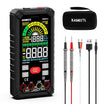
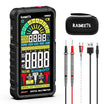
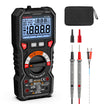
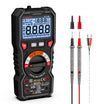

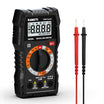
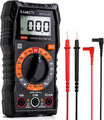
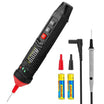
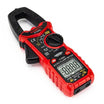
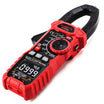
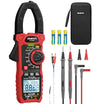

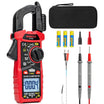
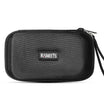
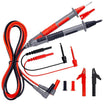
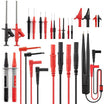

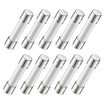
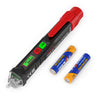
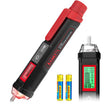


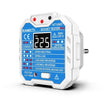
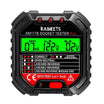
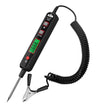
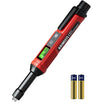

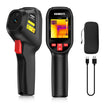
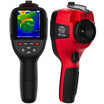
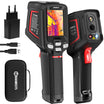
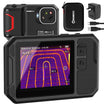
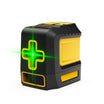
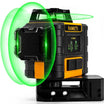


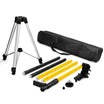
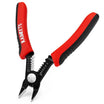
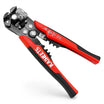
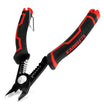
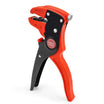
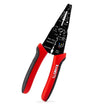

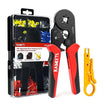



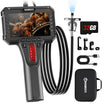
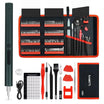
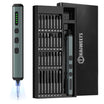


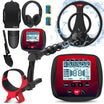
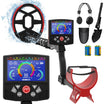
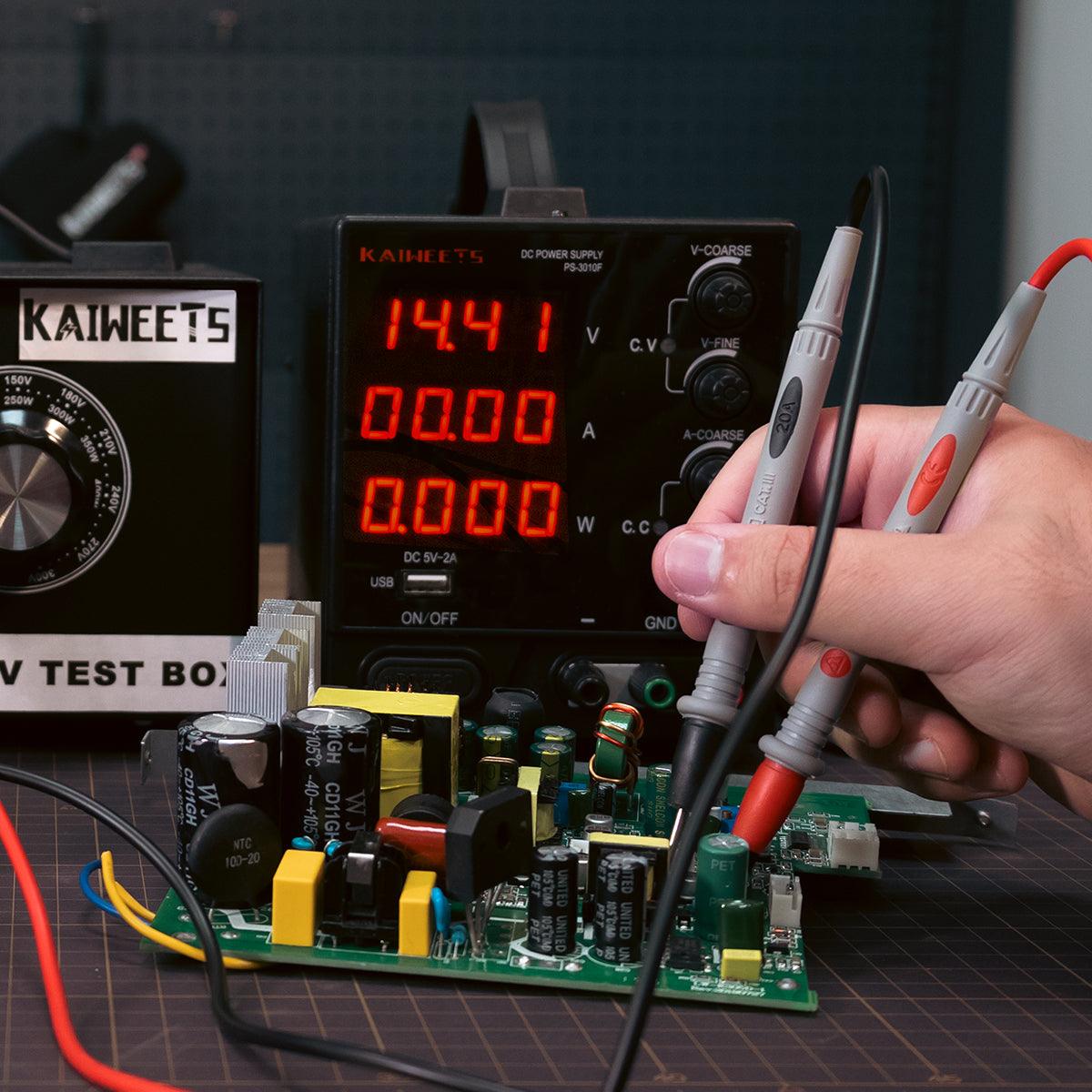
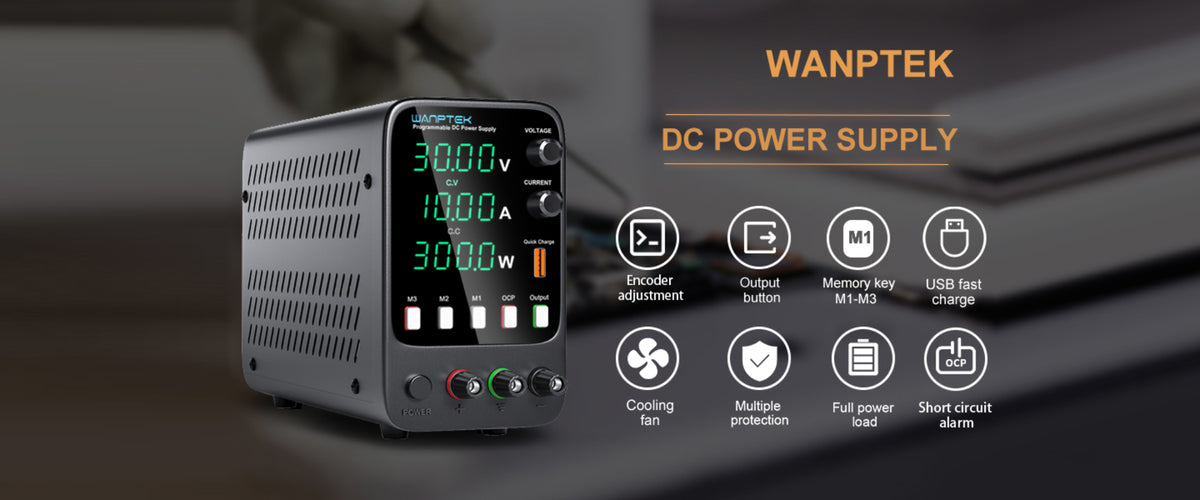
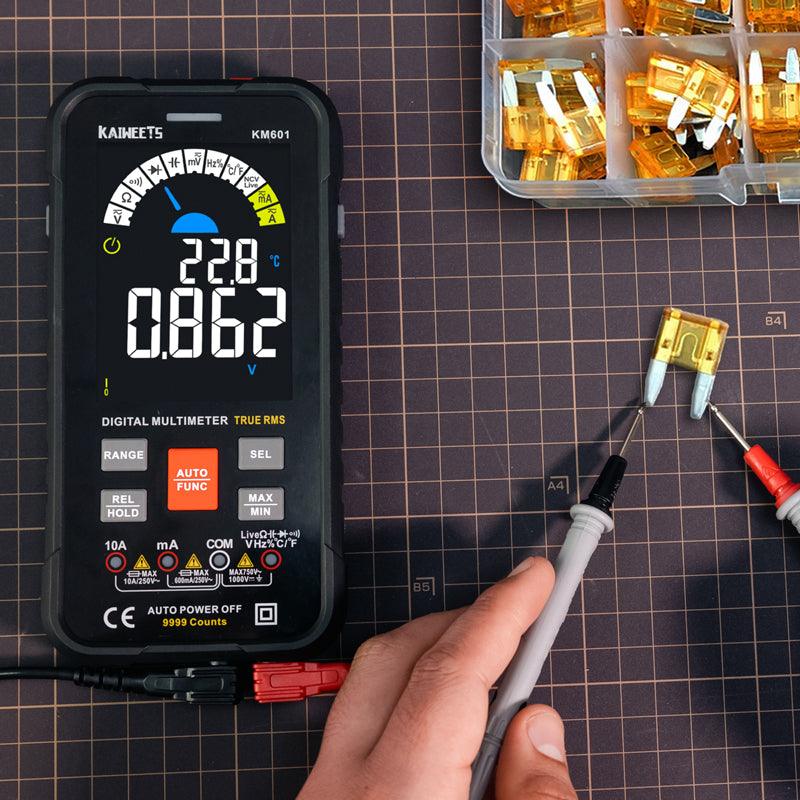
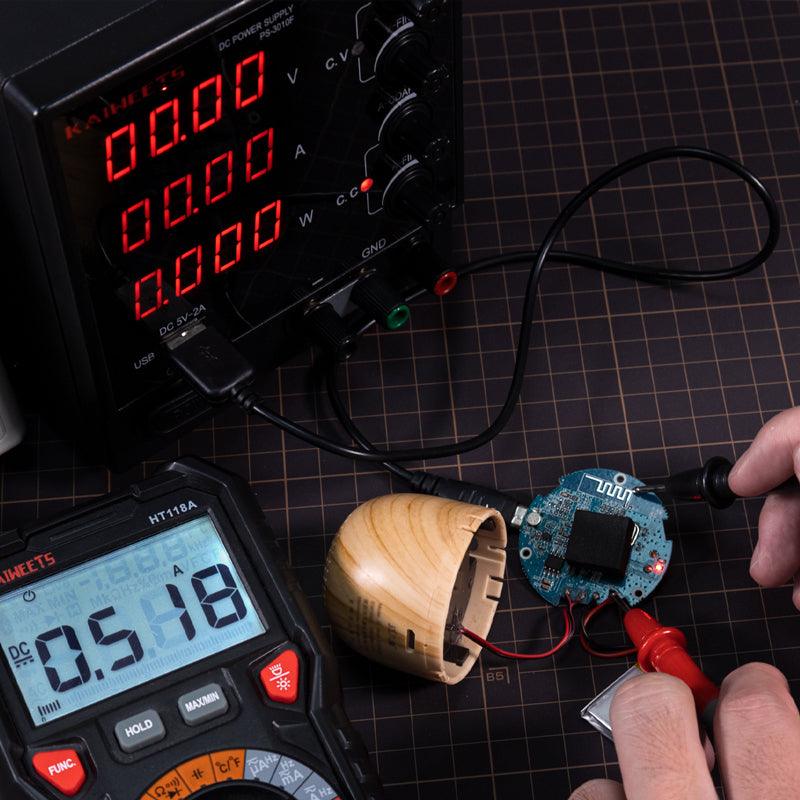
Dejar un comentario
Todos los comentarios se revisan antes de su publicación.
Este sitio está protegido por hCaptcha y se aplican la Política de privacidad de hCaptcha y los Términos del servicio.